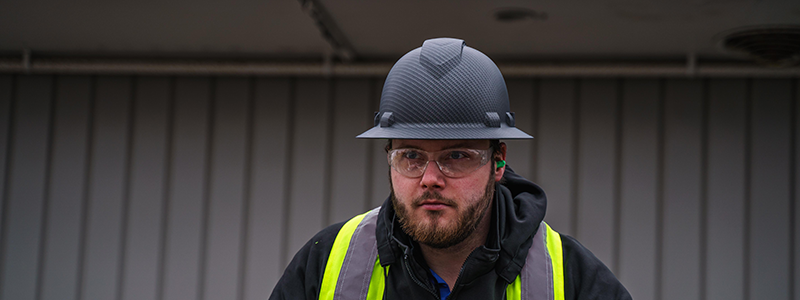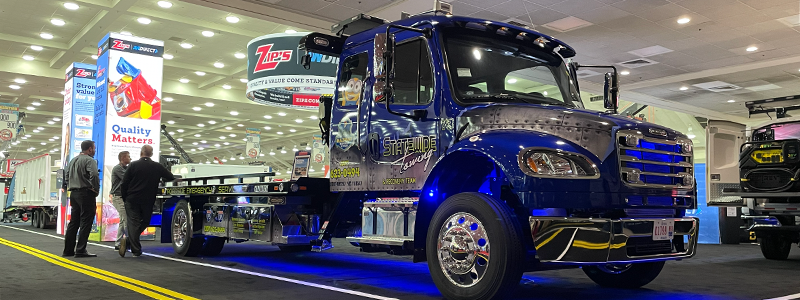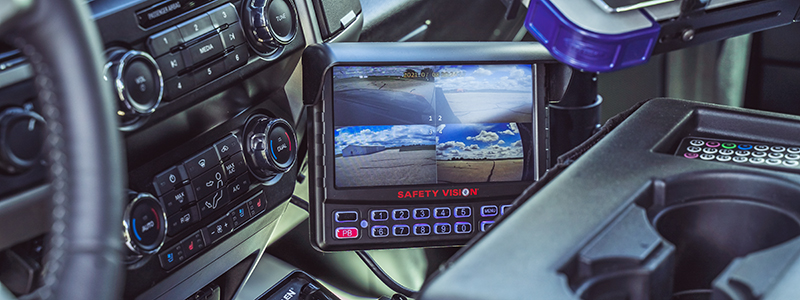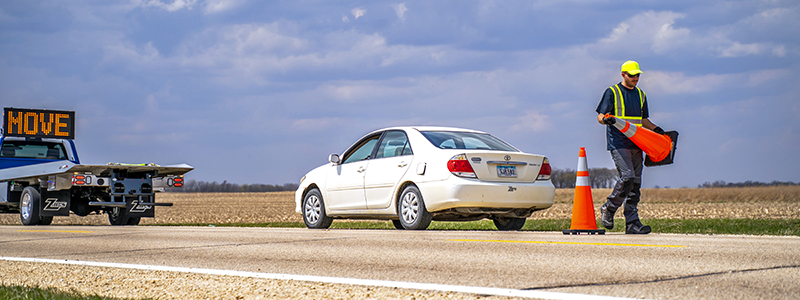A Deeper Dive into Tow Operator PPE

Who doesn’t love a well-dressed man or woman, especially when it comes to safety gear, commonly called PPE (Personal Protective Equipment)? Are we equipping our operators with the correct tools and equipment to allow them return home safely?
We all know the obvious guidelines set for us by the DOT, which include triangles and a fire extinguisher on the truck, but let’s take a little deeper look. This is not an all-inclusive list. By all means, please follow the guidelines set forth by your company, as well as the local, state, or federal jurisdiction you are working in.
Safety Gear Class 1, 2 or 3
The difference between them boils down to risk level. The DOT has put a value on it, but can we put a dollar value on it? I have witnessed many companies putting their operators in Class 3 work uniforms at the beginning of their shift. Hats off to them!
Many others have gone the route of Class 2, and we’ll dress up when we have that call. I’ll just respond to that with a question of where will you put those Class 3 pants on? Before we leave the shop? In the cab, back seat, or sleeper of your truck? On the side of the road? Let’s prepare and plan. Below is a quick list of the classes.
Class 1
- Risk Level: Low-risk environments where the worker is a safe distance from traffic.
- Examples: Warehouse workers, parking lot attendants or sidewalk repair in residential areas.
- Requirements: The lowest level of visibility, suitable for traffic speeds not exceeding 25 mph.
Class 2
- Risk Level: Moderate-risk environments with moderate traffic speeds (e.g., 25-50 mph).
- Examples: Crossing guards, airport baggage handlers, survey crews or highway work.
- Requirements: A higher amount of background and reflective material than Class 1 to provide enhanced visibility.
Class 3
- Risk Level: High-risk environments with high-speed traffic, complex backgrounds or poor visibility conditions (rain, fog, snow).
- Examples: Emergency responders, construction workers on highways or airport operations.
- Requirements: The highest level of visibility with the most background and reflective material, offering full-body coverage.
Safety Considerations
The following are random thoughts about operator PPE, and maybe something we should all consider or require in our toolbox.
- Safety glasses, safety shields or goggles: If you have an operator wearing glasses, are their lenses shatter-proof?
- Work and rubber gloves: For protection from sharp edges or oils. It might also help keep the cab interior a little cleaner.
- Steel-toed work boots/shoes
- GPS or Locate on the truck or operator phone.
- Would a simple safety kit come in handy with eye wash, bandages and tweezers for a sliver or operator first aid?
- Reflective traffic cones, Traffic Commander or directional devices
Essential equipment
Let’s look at a few items that could be deemed PPE but also a good general safety item to have on the service or recovery truck and with the air bag trailer. Let’s think about the door we are opening when we go on that heavy recovery and what tools we might be loading in the service truck or air bag trailer.
- Quickie or chop saw and cutting torch: Should you grab an extra fire extinguisher or blanket you could take closer to the cut? Don’t forget these saws and torches require goggles. A good pair of work gloves would also come in handy. We all can recognize the advantages and the hazards here, so let’s plan for it.
- Corner protector placement and/or telescopic retrieval and rigging tools to help push straps in place and grab chains. REMEMBER TO NEVER, EVER go under a live load!!!! Don’t make me say it again!!
- A hard hat and Muck boots might come in handy on the heavy recovery jobs.
Closing thoughts
Let’s keep in mind the safety of our “on call clean up crew” here. If you have a hand off-load/re-load job, is that staff protected? At a minimum, wouldn’t four to six extra vests, safety glasses and gloves in the trailer be a good idea! This is also a good time to remind you to inventory and reload the truck or trailer after the job.
As a note, many workers’ compensation or business insurance companies offer free or reduced price training and guidance when it comes to safety, training and PPE, so don’t be afraid to call your provider and ask them for guidance. Also, a large number of workers comp insurance companies also offer to come out and do a mock OSHA audit, should you want to go down that road.
Remember, getting hurt on the job is not a scored event, and you sure don’t want to see the score the worker comp people will give you after the injury.

%20blog%20thumbnail.png)








